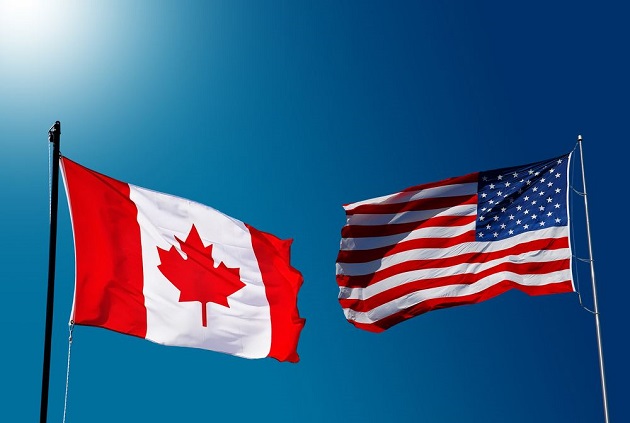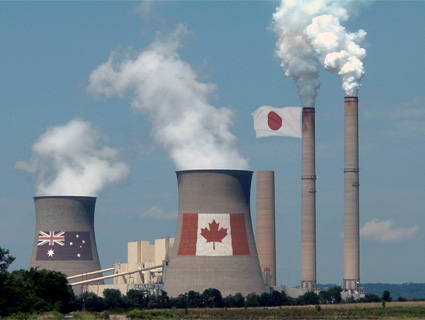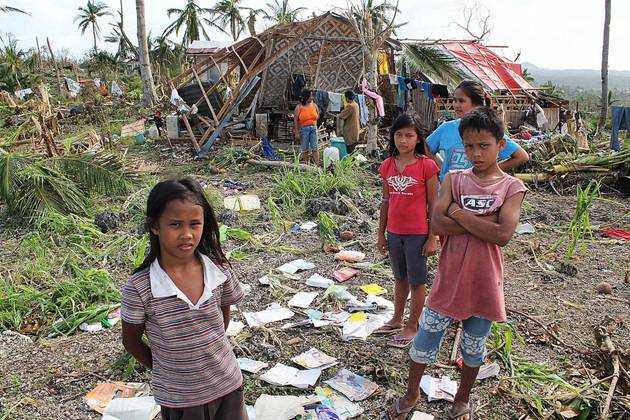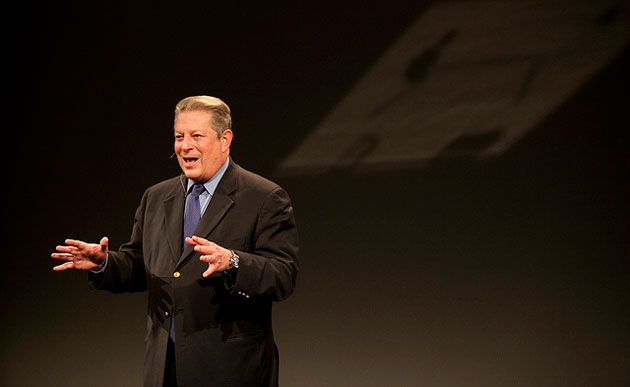As we reported this week, some of the world’s richest nations are lagging behind on their climate protection pledges. Most often, these commitments follow the formula: “We aim to reduce greenhouse gas emissions X percent below year Y levels by year Z.” It seems like a straightforward proposition, but have you ever wondered where those numbers come from? The answer is a scientific concept known as the carbon budget, and like a teenager with her first credit card, we’re well on our way to blowing right through it.
In the video above, Kelly Levin, a climate policy expert at the World Resources Institute, explains what our carbon budget is, how much we’ve already “spent,” and why it matters.
Back in 2009, delegates to the UN climate summit in Copenhagen agreed that in order to avoid the worst potential impacts of climate change, global temperature rise should be limited to 2 degrees Celsius above preindustrial levels. For their report this fall, scientists on the UN’s Intergovernmental Panel on Climate Change looked at how emissions of carbon dioxide and other greenhouse gases have warmed the planet since the Industrial Revolution, and extrapolated how much more we could emit before breaking the Copenhagen limit, the same way you might draft a budget to keep your checking account balance above zero.
The IPCC set our total carbon budget since the industrial revolution at about 1 trillion metric tons of carbon. Today, we’ve already spent over half of that (largely thanks to just 90 companies, as Climate Desk partner the Guardian reported yesterday). If projections for future emissions hold true, Levin says, we’ll eat through the rest of the budget by 2044. That means that if we want to stick to the 2 degree C limit, we’d have to immediately cease all emissions, everywhere on Earth, on the first day of 2045. Turn off every fossil-fuel-fired power plant, charge every car only on renewable electricity, etc. Given the cruddy international track record of reaching even basic climate agreements—yesterday, 132 countries walked out of UN climate talks in Warsaw—that kind of turn-on-a-dime shift seems unlikely to happen. Instead, Levin argues, if we take measures to cut emissions starting now, we can stretch the budget much longer and give ourselves that much more time to clean up the energy system.
Which brings us back to those 90 companies, and many more who count unburned fossil fuels (still-buried coal, oil, and gas) among their bottom-line assets. No matter how long we drag it out, consuming all the world’s fossil fuels would burn straight through the budget, and then some. Burning the total volume of fossil fuels now held in reserve by publicly listed companies would emit the equivalent of 762 metric billion tons of carbon, according to a recent analysis by the Carbon Tracker Initiative. But we’ve only got about 485 billion left in the budget. In other words, if world leaders come together to actually enforce the Copenhagen warming limit, roughly 37 percent of the fossil fuels held by those companies will need to stay in the ground.
This is where the carbon budget becomes a carbon bubble: Companies valued on the basis of their fossil fuel holdings could find the rug pulled from under them if those holdings become impossible to sell. Recently, Al Gore and investment banker David Blood (who have collaborated on a consulting firm to help companies divest from fossil fuels) estimated the value of these “stranded assets” at some $7 trillion.
So the question now is: Are we really going to smash our carbon piggy bank? Watch Kelly Levin explain, above.














